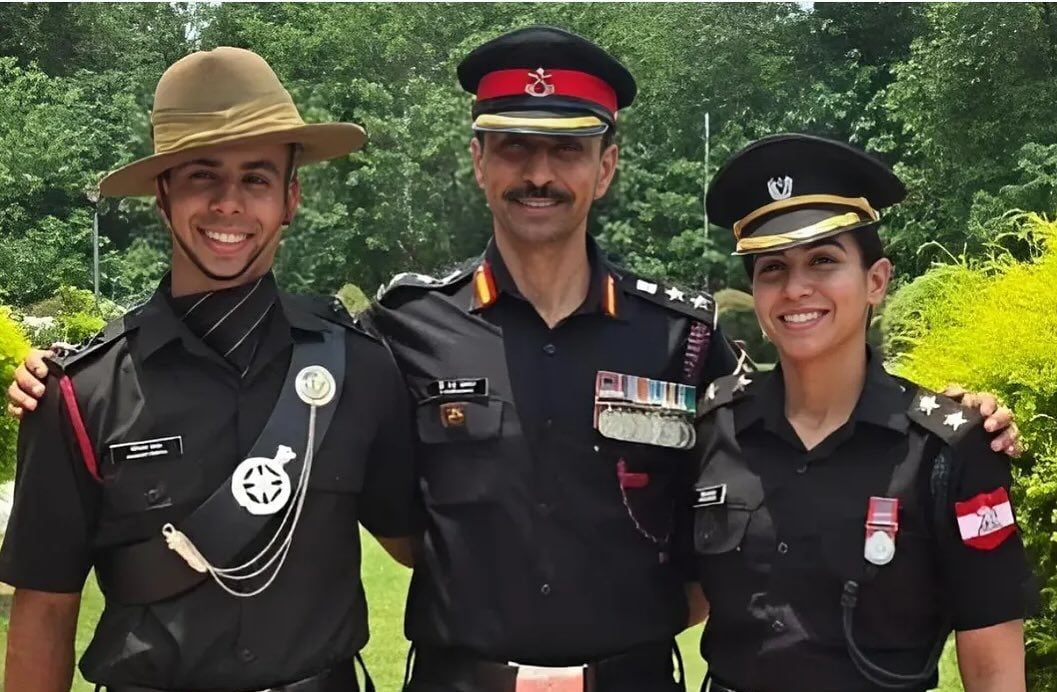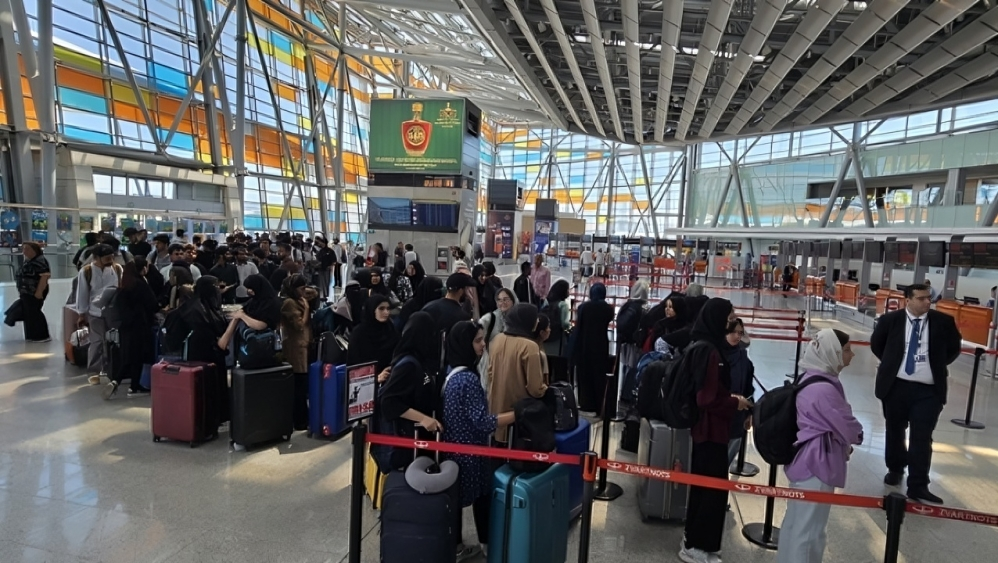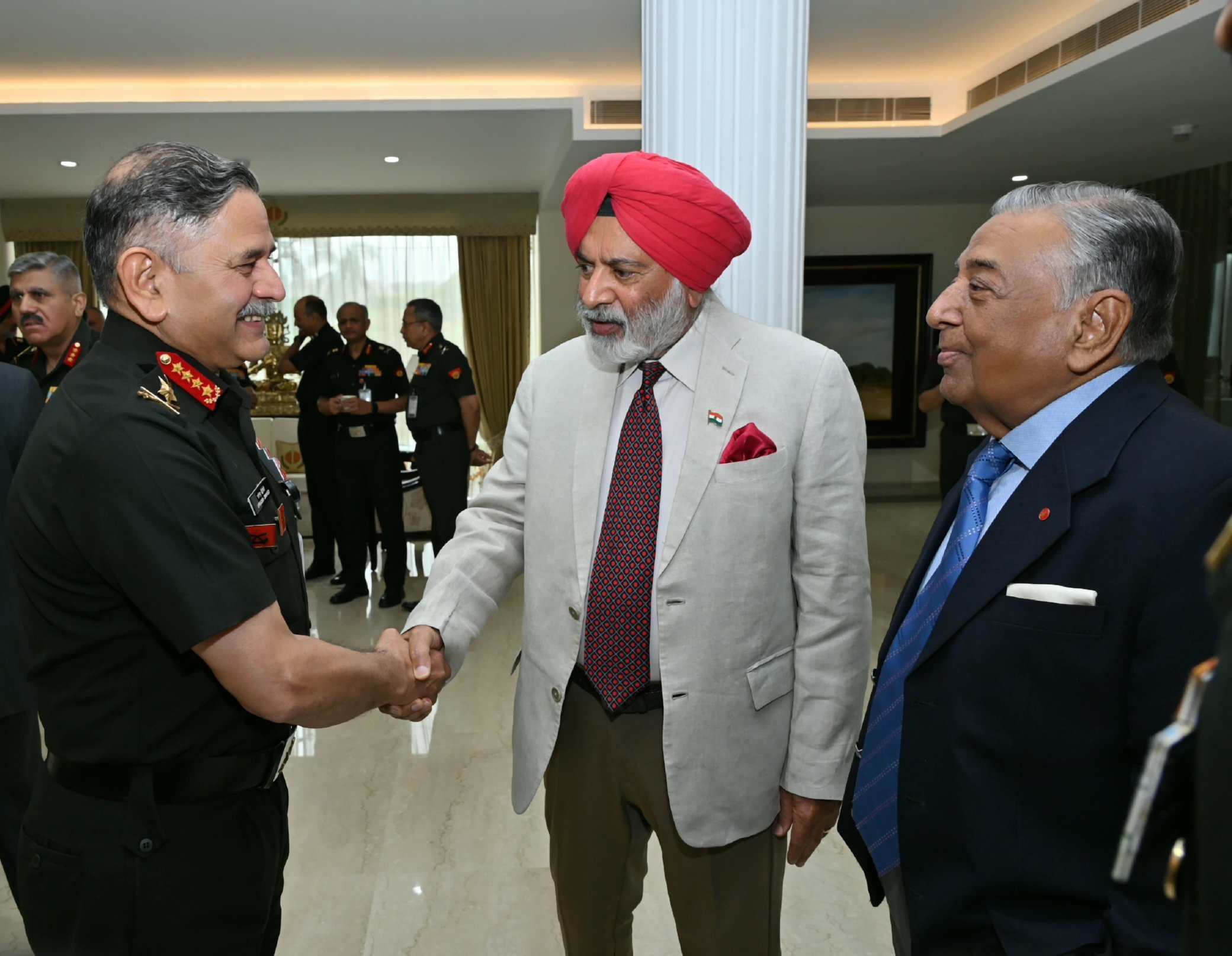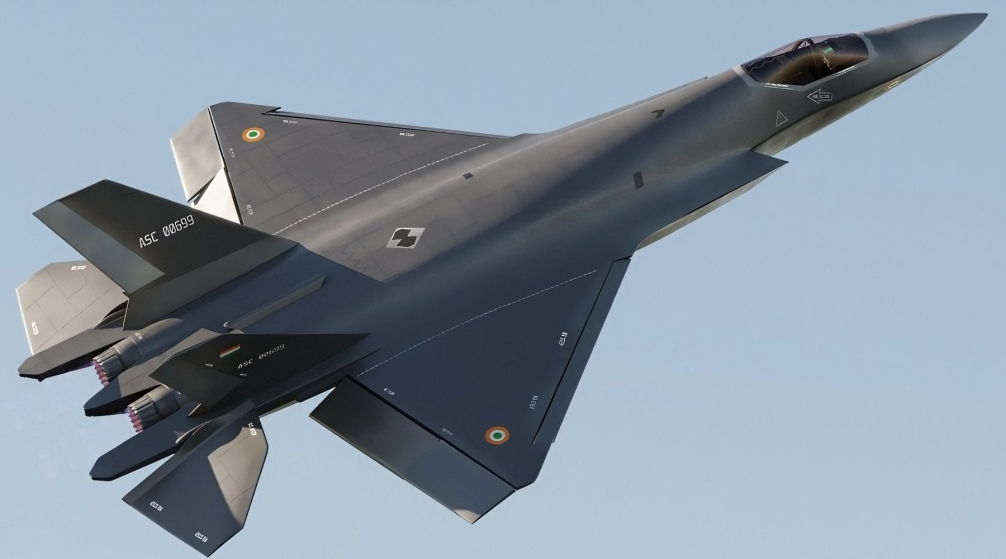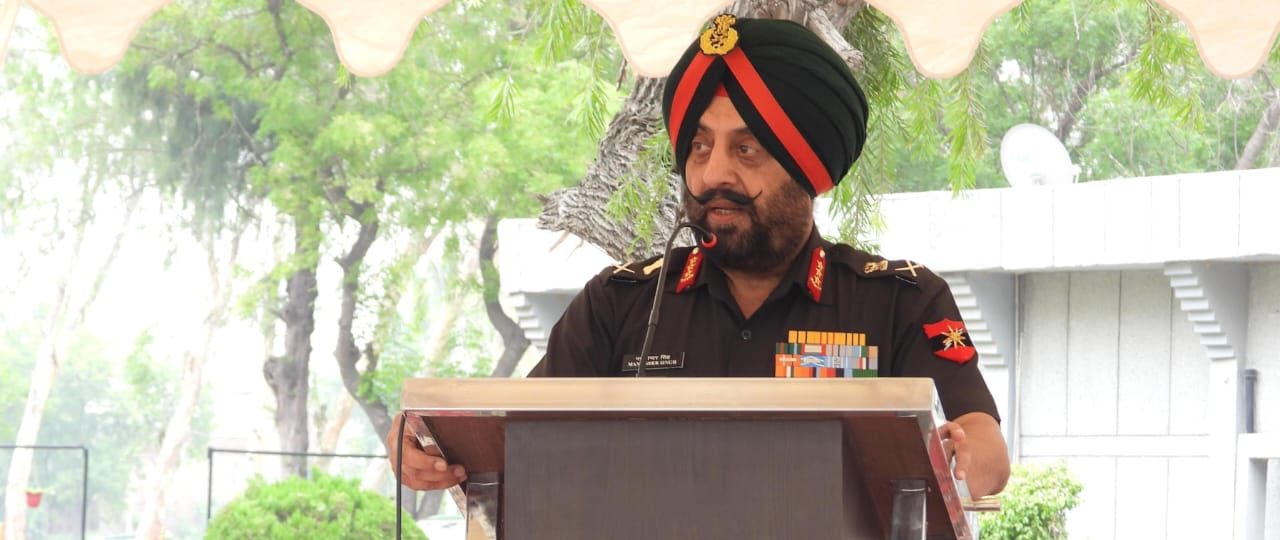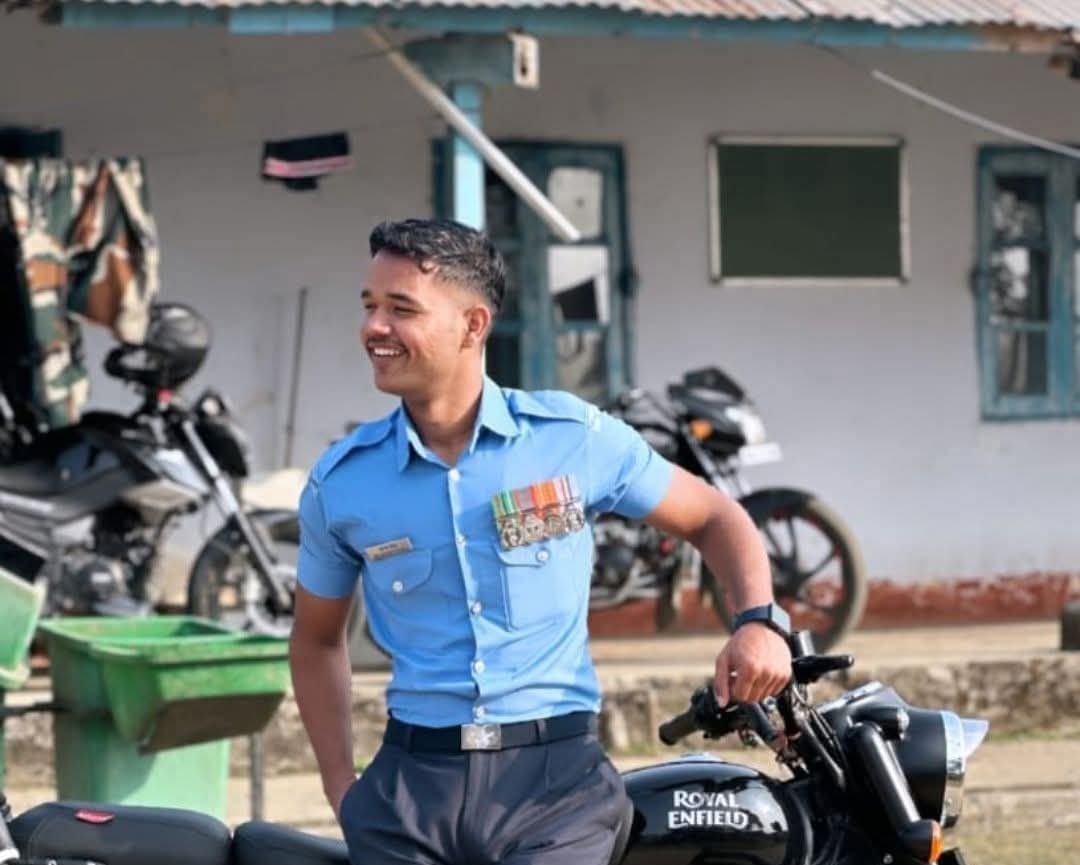Following Family Legacy: Siblings Divya and Digvijay Dhayal Commissioned as Lieutenants in the Indian Army
In a shining example of service, excellence, and family tradition, siblings Divya and Digvijay Dhayal have both been commissioned as…
India Launches Operation Sindhu to Evacuate Citizens from Iran
India has launched ‘Operation Sindhu’ to evacuate Indian nationals, primarily students, stranded in Iran as the Iran-Israel conflict intensifies. According…
Indian Army Hosts Strategic Conclave “Chief’s Chintan”
The Indian Army recently concluded a significant two-day strategic conclave named "Chief's Chintan" at the Manekshaw Centre, bringing together the…
ADA Releases EoI for the Development of Advanced Medium Combat Aircraft
The Aeronautical Development Agency (ADA) has taken a significant step forward in India's defense technology landscape by releasing an Expression…
Lt Gen Manjinder Singh Reviews Operational Readiness at Faridkot Military Station
Lt Gen Manjinder Singh, General Officer Commanding-in-Chief of the South Western Command, carried out a crucial review of combat preparedness…
Rajasthan Air Force Jawan Saurabh Singh Laid to Rest with Full Military Honours in Bharatpur
The mortal remains of Leading Aircraftman (LAC) Saurabh Singh of the Indian Air Force were brought to his native village…

